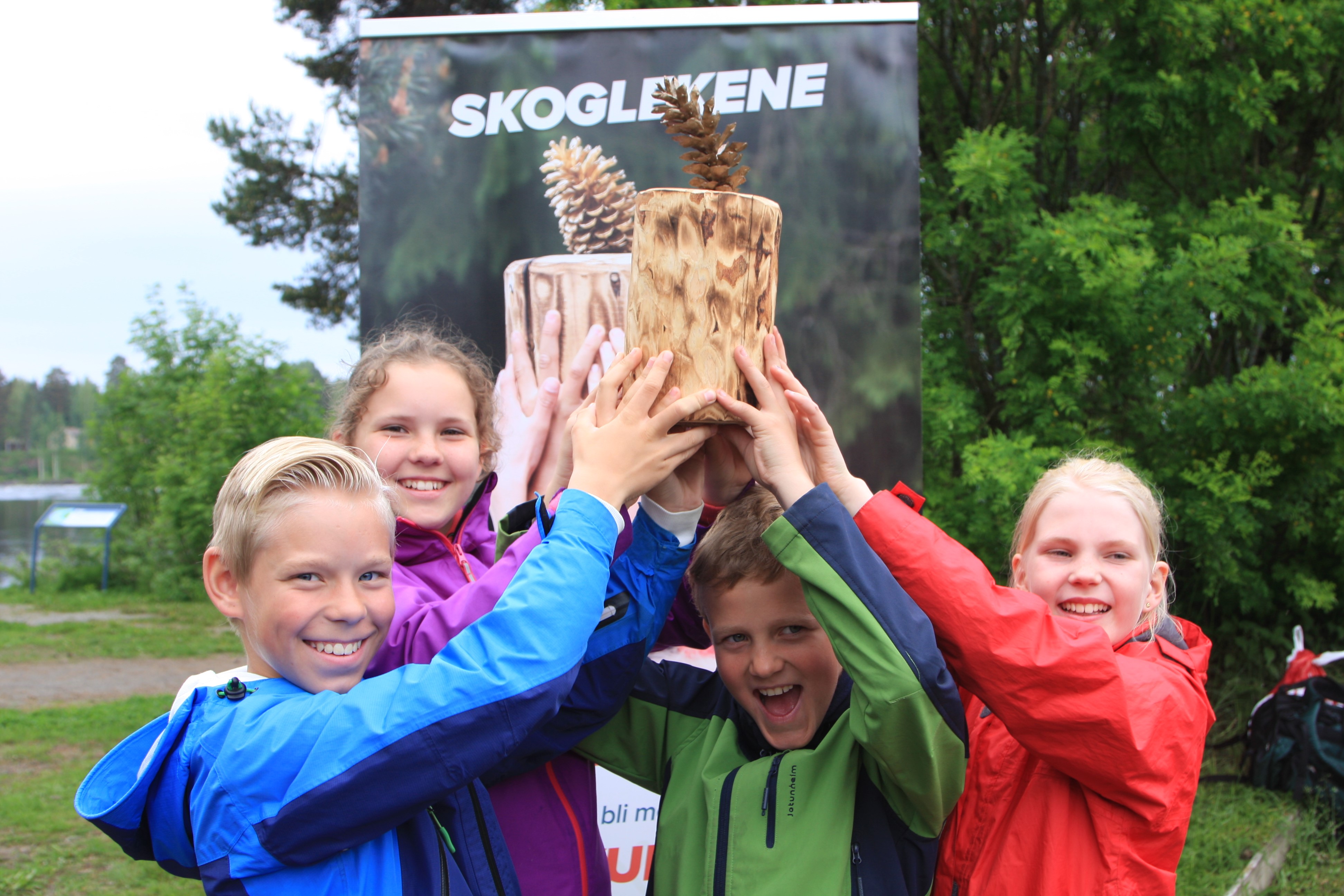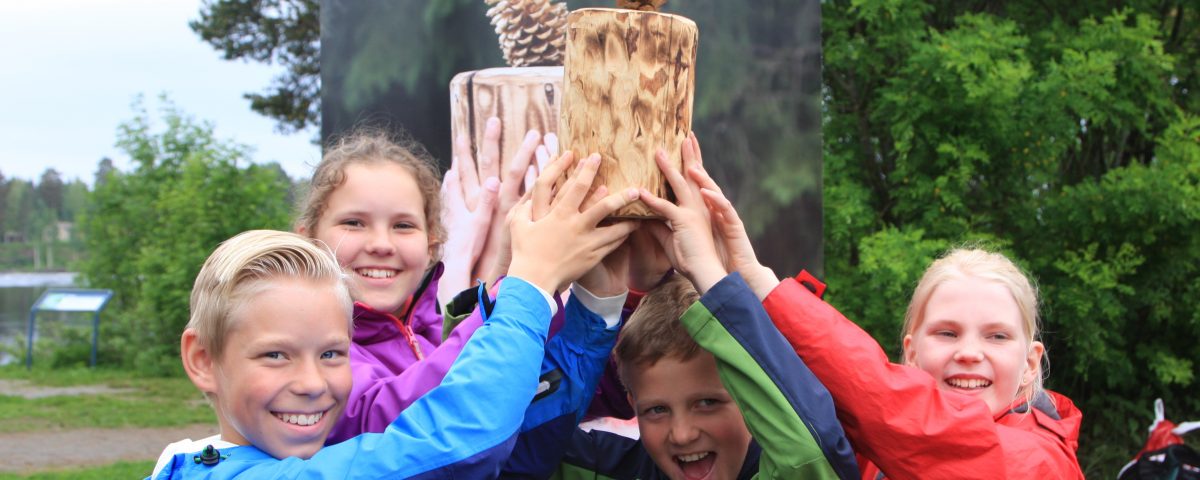The Forest Games

Report about the UNECE / FAO Forest Communicators Network – Annual Meeting
4. June 2019
„Forest Stories“ in Croatia
1. July 2019
The Forest Games
Norway
Author: Bjørnstad Bjørn Helge, Forestry Extension Institute, Norway
W ith the inspiration from Forest Olympics in Latvia, the Forest Games were established in Norway in 2015. Four different forest and nature school organizations cooperate, with the Forest Extension Institute leading the work. What is our experience so far?
The aim is to increase knowledge of forests, and to create more physical activity in school. Teachers and pupils are encouraged to use their local forest during school hours, not only for hiking and playing, but also as a “class room”.
This year The Forest Games were conducted at the national level for the third time. All pupils in 5th grade was invited to participate, and 126 schools accepted the invitation. As a total 2360 pupils were involved in the event during 2019.
The participating schools received two different challenges; one in January with snow and winter, and one in April with spring. The first task was a nature trail that invited to pondering and wondering! The next challenge gave the schools six different tasks to choose from. While the first one was easy, the second challenge demanded quite a lot of dedication from the participating schools. Our experience is that the teachers have very busy days. If they are to participate in an event like this, it must be more than an event. It must be in accordance with the school curriculum. Feedback from the teachers shows that although they already use the forest quite a lot, they have learned a lot and have many new ideas how they can teach about the forest to the pupils. Many of the schools have also had forest days with their local Forestry Societies, which gave them an extra motivation and inspiration.
All the schools were given individual feedback on their work. Seventeen schools qualified for the finals, which was held at the Norwegian Forest Museum on 5 June 2019. Many of the participants came the night before, giving them the opportunity to spend the night in an old forest hut or in a lavvu (sami tent).
The finals consisted of both practical and theoretical tasks, such as recognizing tree species, wading over a river, measuring the height of a tree, determining the age of the tree, recognizing bird sounds, making various knots, building wooden bridges, and finding English names for different insects.
Our experience is that The Forest Games is a good way for different organizations to cooperate, and to work towards the same goals. It is also a good way to inspire and motivate teachers to involve forests and forestry actively in their teaching.
Next school year there will be new opportunities!

